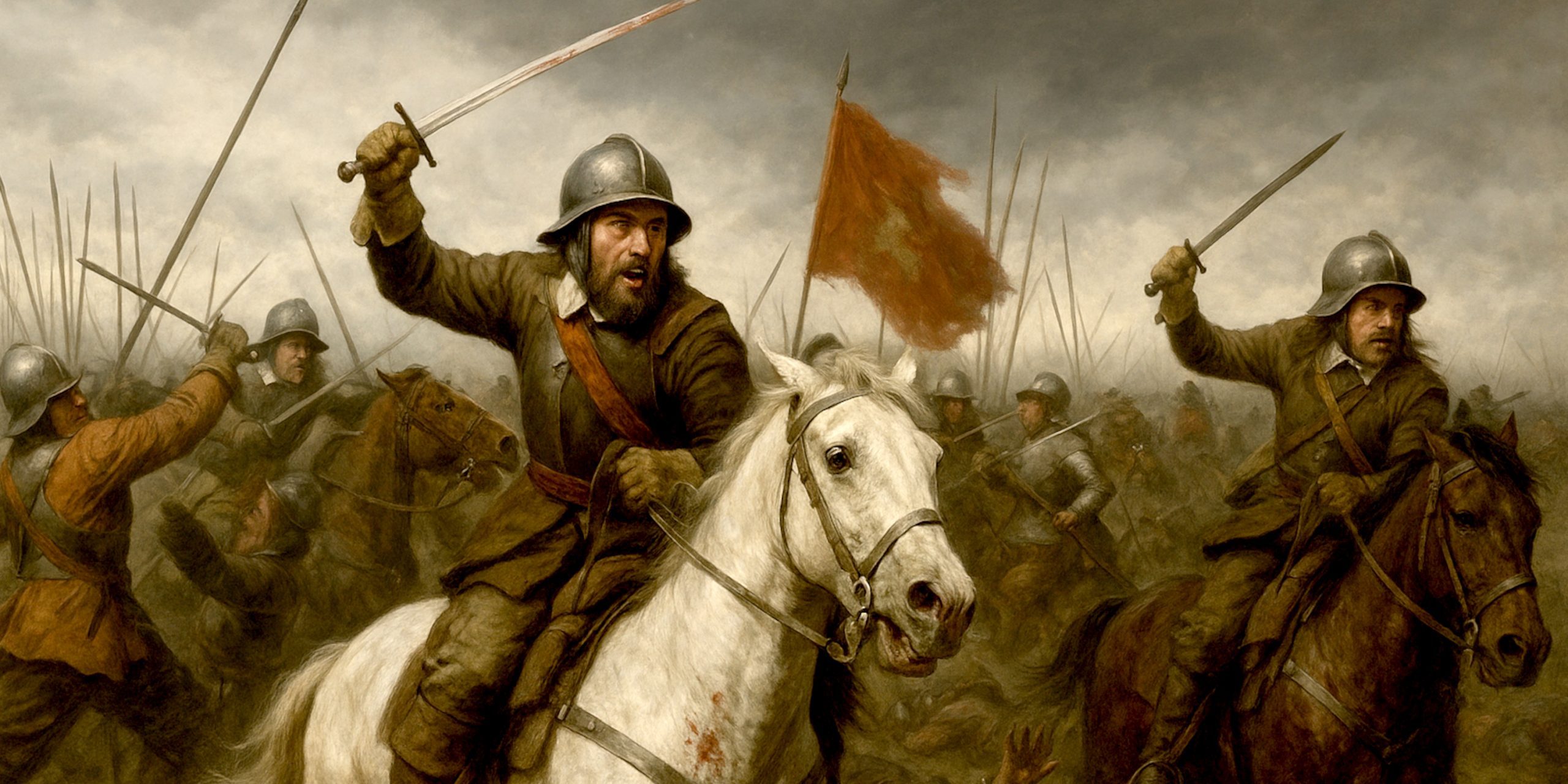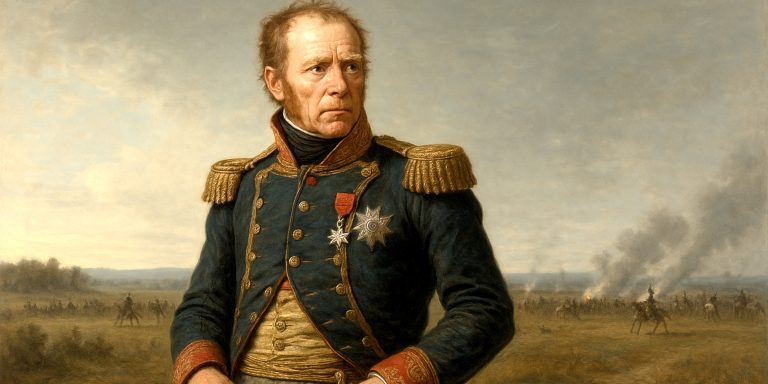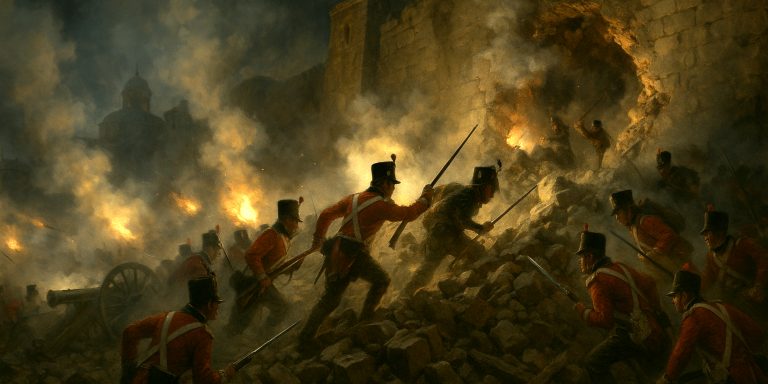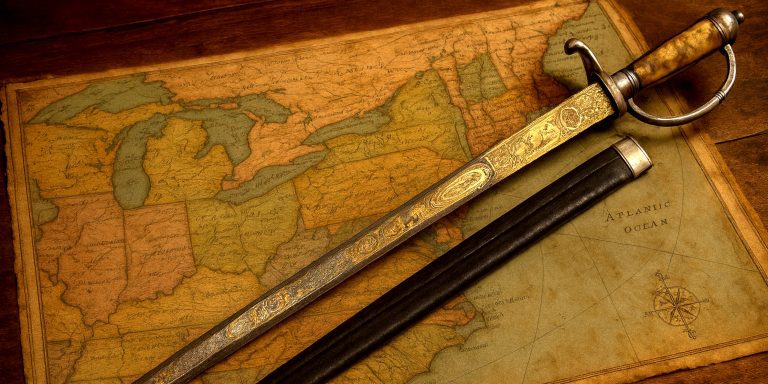
The Battle of Marston Moor, fought on 2 July 1644 near York, was the largest and most decisive engagement of the English Civil War. It pitted Royalist forces under Prince Rupert and the Marquess of Newcastle against a combined Parliamentarian and Scottish Covenanter army commanded by Lord Fairfax, the Earl of Manchester, and the Earl of Leven. The battle marked a turning point in the war in the north and demonstrated the growing effectiveness of Parliamentarian cavalry under Oliver Cromwell.
Background
By the summer of 1644, control of the north of England hung in the balance. York, the Royalist stronghold, was under siege from a combined force of Parliamentarians and Scots. Prince Rupert marched rapidly from Lancashire to relieve the city, reaching York on 1 July. The Royalist commanders debated their next move, eventually deciding to face their enemies in open battle on the moor west of the city.
Forces
The battle saw over 40,000 troops engaged, making it one of the largest battles ever fought on English soil.
| Side | Commanders | Estimated Strength |
|---|---|---|
| Royalists | Prince Rupert, Marquess of Newcastle | c. 18,000 (incl. 6,500 cavalry) |
| Parliamentarians & Scots | Earl of Leven, Lord Fairfax, Earl of Manchester, Oliver Cromwell | c. 28,000 (incl. 7,000 cavalry) |
Arms and Armour
Royalist Army:
- Cavalry: Primarily harquebusiers, equipped with pistols, swords, buff coats, and lobster-tailed helmets.
- Infantry: Musketeers armed with matchlock muskets and pikemen with 16-foot pikes. Armour varied, though Newcastle’s Whitecoats reportedly wore heavier corselets.
- Artillery: Several light field pieces, though largely ineffective during the battle.
Parliamentarian and Covenanter Army:
- Cavalry: Better disciplined, particularly Cromwell’s “Ironsides.” Wore buff coats, cuirasses, and helmets. Armed with pistols and swords.
- Infantry: Similar composition of musketeers and pikemen. Scottish regiments fielded experienced veterans.
- Artillery: Some field guns, limited use during the engagement due to terrain and timing.
Battle Timeline

2 July 1644
- Late Afternoon: Royalists deployed on Marston Moor, expecting a defensive stance from their opponents. Weather was stormy with darkening skies and intermittent rain.
- Around 7:30 PM: Parliamentarian and Scottish forces launched a surprise attack during a break in the storm.
- Right Flank: Cromwell’s cavalry on the left wing smashed through the Royalist right, routing their horse and turning on their centre.
- Centre and Left: Initial Scottish and English infantry assaults met stiff resistance, especially from the Whitecoats. Newcastle’s men held firm but were eventually overwhelmed.
- Royalist Collapse: With cavalry in retreat and infantry surrounded, Royalist resistance crumbled by nightfall.
Aftermath
The defeat was catastrophic for the Royalist cause in the north. York fell shortly after, and Newcastle fled to the continent. Prince Rupert’s reputation, though not immediately destroyed, suffered a heavy blow.
Casualty estimates vary but suggest around 4,000 Royalist dead and thousands more captured. Parliamentarian losses were significantly lighter.
Archaeology
Modern archaeological surveys on the Marston Moor site have yielded limited finds due to the intensity of farming in the area. However, musket balls, buckles, and fragments of armour have been recovered, helping to confirm the scale and direction of the fighting.
In 2010, geophysical surveys revealed landscape features consistent with contemporary accounts. Despite development pressures, much of the moor remains open, allowing for continued investigation.
Contemporary Quotes
Oliver Cromwell (in a letter to Parliament):
“God made them as stubble to our swords.”
Prince Rupert, according to a Royalist officer:
“The Lord of Hosts had evidently declared Himself for the rebels this day.”
The Earl of Leven, on the field:
“Blessed be the Lord, who hath given us the victory.”
The Battle of Marston Moor reshaped the military and political balance of the English Civil War. It ended Royalist hopes in the north, propelled Cromwell to prominence, and demonstrated that disciplined cavalry, coupled with allied strength, could decisively defeat the king’s forces.
Watch the documentary:



